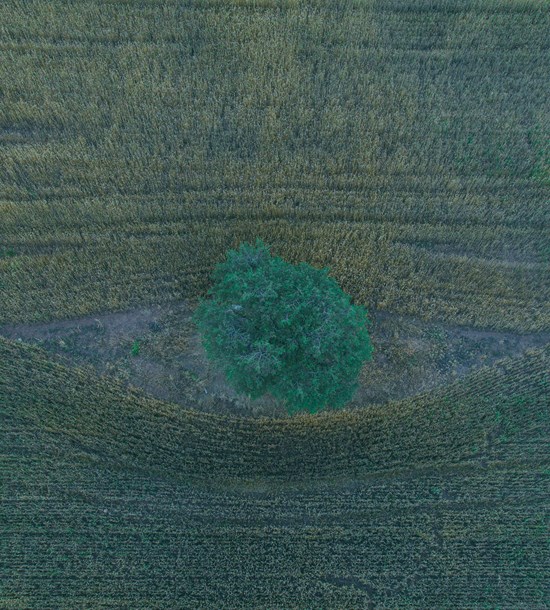The bioeconomy, a concept that encompasses the sustainable use of biological resources for food, energy, and other products, is gaining traction within the European Union. In the context of EU's broader bioeconomy initiatives, the Central and Eastern European (CEE) macro-region presents a unique blend of opportunities and challenges. This region, comprising Bulgaria, Croatia, Czech Republic, Hungary, Poland, Romania, Slovenia, and Slovakia, as well as the Baltic states under the BIOEAST initiative, is pivotal to EU’s strategic vision for a sustainable future.
The BIOEAST Initiative
The BIOEAST initiative serves as a cornerstone for bioeconomy efforts in the CEE region. This collective framework aims to foster knowledge-based agriculture, aquaculture, and forestry across eleven countries, including Estonia, Latvia, and Lithuania. By offering strategic research and innovation support, BIOEAST aids member states in developing and implementing bioeconomy policies and practices.
State of Play in the CEE Macro-Region
The CEE macro-region is home to over 100 million people, representing about 22% of the EU-27 population. Covering more than 887,000 square kilometers, it constitutes approximately 21% of EU's area. Poland stands out as the largest country by both area and population, followed by Romania and Bulgaria. Despite this significant demographic and geographic presence, the region faces distinct challenges in realising its bioeconomic potential.
Key Challenges
Opportunities and Strategic Importance
Despite these challenges, the CEE macro-region holds significant bioeconomic potential. The demand for bio-based products and technologies is growing, both in the private and public sectors. The region's large-scale biomass production, combined with its substantial food sector, represents a considerable portion of the EU's bioeconomy employment.
Moreover, the region has untapped sources of biomass, including residual biomass from primary production and urban biowaste. These resources present opportunities for developing circular technological solutions and innovative business models. The bioeconomy can serve as a vehicle to rejuvenate traditional industries, driving sustainable growth and development.
Conclusion
The Central and Eastern European macro-region is at an important point in its bioeconomy development. The BIOEAST initiative provides a valuable framework for collaboration and strategic development, but significant efforts are needed to overcome infrastructure, policy, and knowledge barriers. With targeted investments and strategic policymaking, the CEE region can harness its bioeconomic potential, contributing significantly to EU’s broader sustainability goals. The path forward requires a concerted effort to build awareness, develop robust policies, and foster innovation to ensure a sustainable and prosperous bioeconomy future for the region.
Country Factsheets to be Downloaded!
Get a quick overview of the bioeconomy sector in each of the countries in the Central and Eastern European macro-region, including employment, biomass production, funding opportunities, etc.
Curious to Know more about the Bioeconomy Sector in the Central and Eastern European Macro-Region?
If you’re curious to know more about the bioeconomy sector in the Central and Eastern European macro-region you can read the recently published report called ”Report on macro-regions – Mapping of initiatives, structures, instruments and key challenges for EU’s macro-regions"
